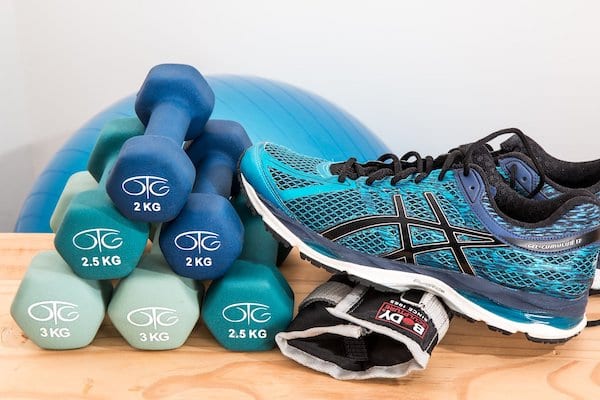For the past year, I’ve written about the relationship between lifestyle choices–especially physical activity–and the risk of developing and managing COVID-19 for baby boomers and older adults. The CDC does say that it’s important to be physically active during the pandemic to help manage blood pressure and stress, and to improve mood, energy level, and sleep.
But the agency has not listed physical inactivity as a risk factor for COVID-19. Now researchers are hoping that will change with the results of a study published last month in the British Journal of Sports Medicine. Authors of this study looked at 48,440 COVID-19 patients from Kaiser Permanente Southern California. These patients had reported physical activity levels at least three times during outpatient visits in the prior two years. (Note: I am a Kaiser patient and can verify that nursing staff asks about my activity level every time I visit.)
Results of their study shows:
- Patients who reported being physically inactive before diagnosis were 2.49 times more likely to die of COVID-19 compared to those who met physical activity guidelines (150 minutes per week).
- Similar results were seen for hospitalization and ICU admissions.
- Physical inactivity was a stronger risk factor for severe COVID-19 than heart disease, cancer, diabetes, hypertension (high blood pressure), smoking, and obesity.
Folks, things are getting better, but we’re still pushing our way through the pandemic. Along with vaccination, socially distancing, masks, and proper hygiene, making the decision the move more often will definitely help you stay well! How can you get to the recommended 150 minutes weekly of moderate-to-vigorous physical activity?
If you currently lead a sedentary lifestyle, check with your medical professional before engaging in any physical activity program.
Then find an activity you enjoy and can see yourself regularly engaging in years from now. It doesn’t have to be walking (though that’s most people’s go-to exercise); dancing, gardening, hiking, swimming, playing tennis count, walking your dog, playing with grandchildren all count. Find an activity that moves your large muscles and gets your heart beating faster.
Start small and build slowly. Let’s take walking as an example. Begin walking a few minutes each day, maybe three days per week. When you’re comfortable doing that, add more days until you’re walking almost daily. Only then should you increase the number of minutes per walking session. Remember, 150 minutes per week is your goal; more is better!
Those 150 minutes per week break down several ways:
- 30 minutes five days per week
- About 20 minutes seven days per week
And those times can be chunked down further:
- For example, you can walk 10 minutes three times/day.
- Or walk 15 minutes twice daily.
- Or look for “stolen minutes” for activity: walk while waiting for your dinner to be delivered, while the oven is heating up, while dinner is cooking, during commercials, while on the phone.
You get the point. It’s not too late to bolster your defenses against the ravages of COVID-19 with the addition of regular physical activity.
For more ideas to increase your physical activity, reach out to me.

